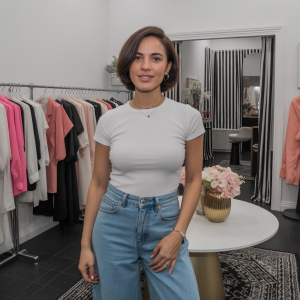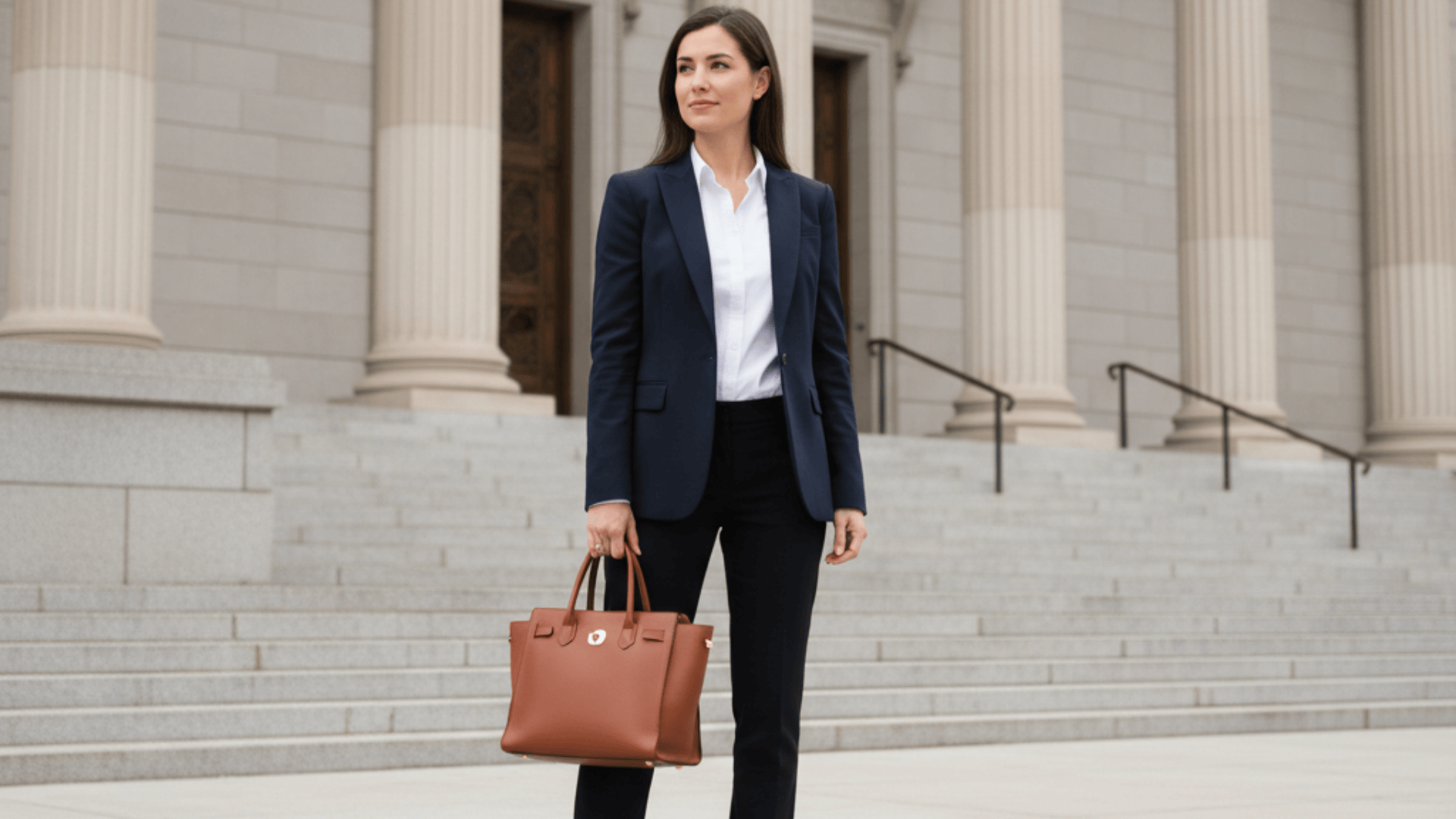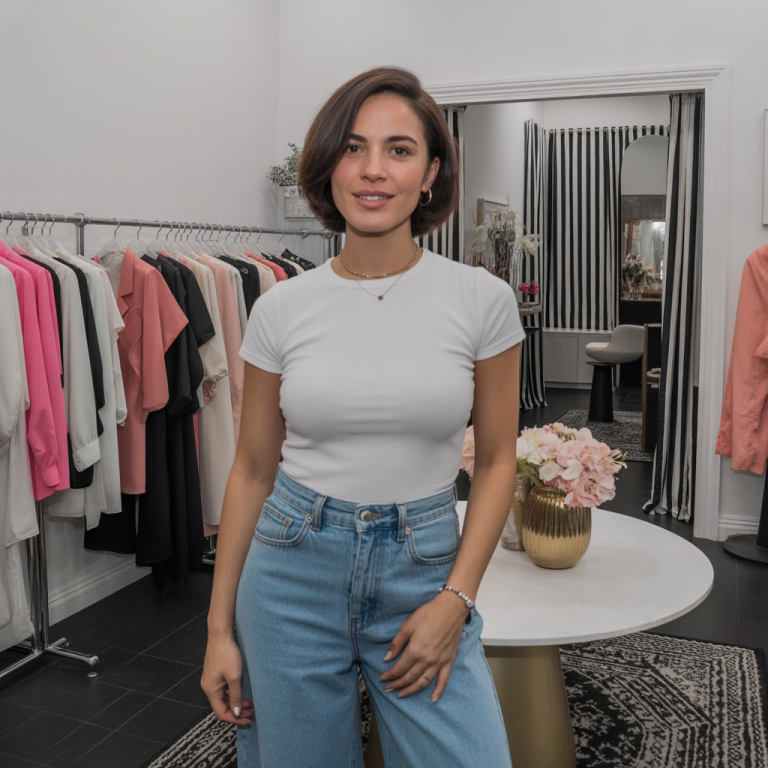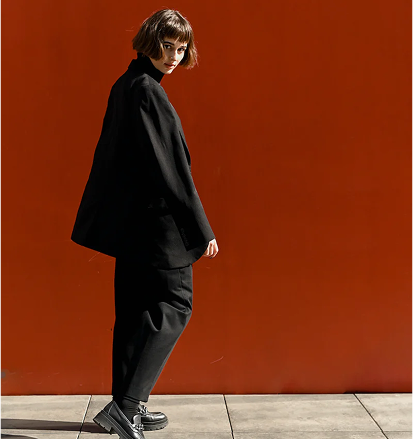The courtroom doors open, and the atmosphere shifts as attention turns to whoever enters. Before a single word is spoken, appearance delivers its own message.
In this setting, attire is never just about clothes; it becomes a silent introduction that conveys respect, confidence, and awareness of the environment.
For women, the choice of what to wear carries real influence, shaping how credibility and seriousness are perceived.
A well-fitted suit, modest dress, or polished shoes can quietly strengthen presence, while casual or flashy choices risk creating the wrong impression.
In a place where impressions matter as much as arguments, attire often establishes the tone. The right outfit ensures the focus remains on your voice and not your wardrobe.
Why Court Attire for Women Holds Real Influence?
Stepping into a courtroom means every detail of appearance is under observation, often before a single word is spoken.
Judges and jurors naturally form impressions based on clothing, and those impressions can shape how credibility and respect are perceived.
Attire that reflects professionalism signals awareness of the seriousness of the setting and reinforces a sense of decorum. It also minimizes distractions so attention remains focused on the case rather than on personal presentation.
Choosing unsuitable clothing can send the opposite message, suggesting disregard for the process, weakening confidence in your presence, or, in some instances, even preventing you from being allowed into the courtroom.
Legal and Courtroom Dress Code Basics
Courtroom dress codes exist to maintain respect for the legal process and ensure everyone presents themselves appropriately.
- Many courts publish dress codes that specify acceptable and prohibited clothing, so it is always best to check the rules of the specific court you will attend.
- Commonly prohibited items include shorts, tank tops, t-shirts, flip flops, ripped jeans, overly revealing clothing, and garments with offensive graphics.
- Hats and sunglasses are not permitted inside the courtroom, though exceptions are made for religious coverings and medical reasons.
- Court hearings may feel less formal than full trials, but the expectation for attire remains conservative, professional, and respectful.
- Dressing according to these standards prevents distractions, avoids delays, and reinforces respect for the judicial process.
By following these simple standards, you signal professionalism and keep the focus where it truly belongs: on your case.
Clothing for Women in Court
A courtroom requires attire that blends respect, professionalism, and modesty. Each outfit should support credibility while ensuring comfort throughout the proceedings.
1. Pantsuit with Blazer and Slacks

A pantsuit is a classic courtroom choice that reflects authority and structure. The combination creates a commanding yet polished presence.
Neutral tones and a well-tailored fit strengthen seriousness. Adding a simple blouse underneath keeps the outfit refined and balanced.
2. Skirt Suit with Blazer
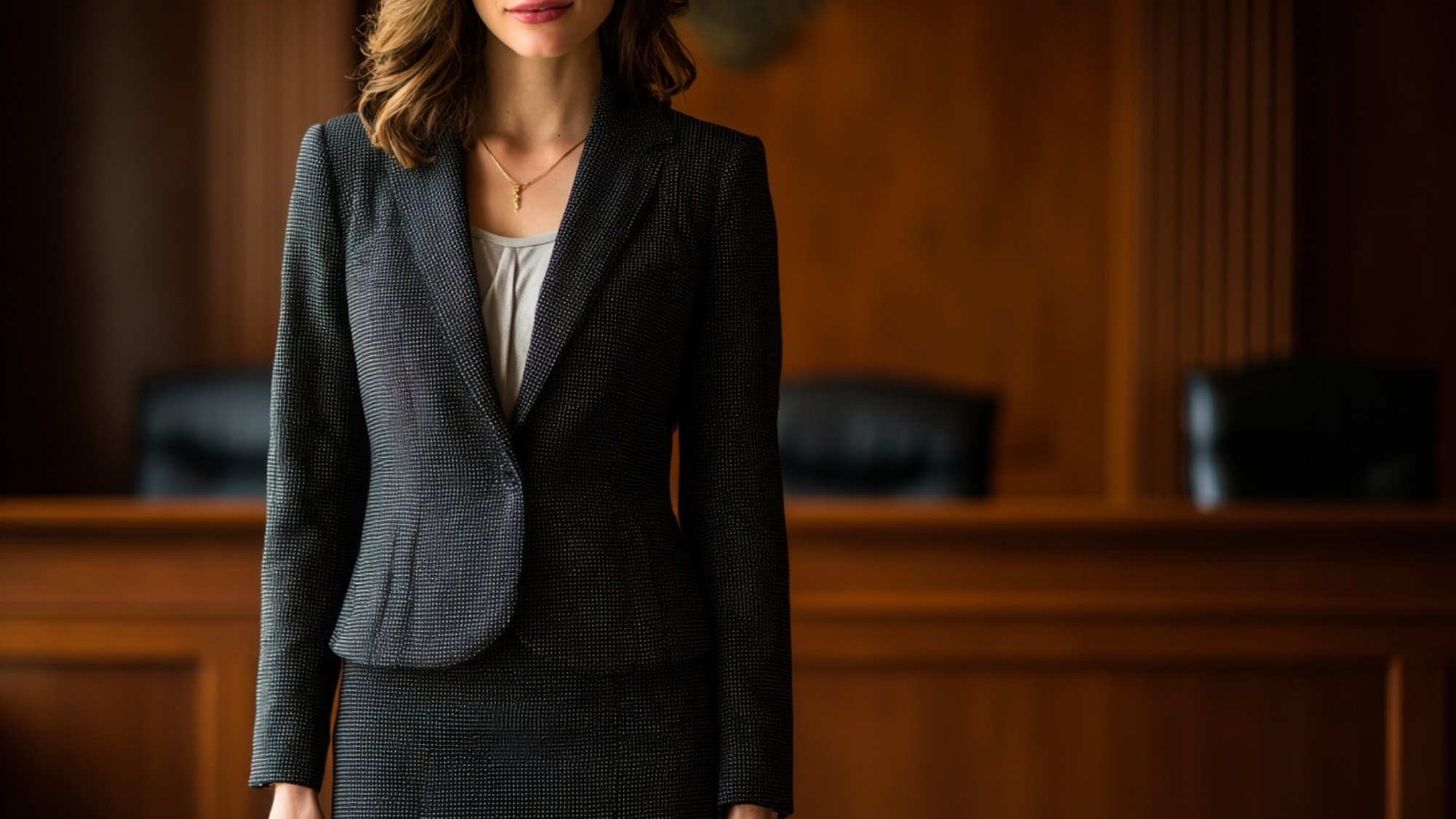
A skirt suit provides a conservative and chic option, ideal when the skirt reaches the knee. It maintains modesty while staying professional.
The blazer sharpens the overall silhouette and projects credibility. Choosing darker shades reinforces the formal tone expected in court.
3. Modest Dress with Cardigan or Jacket

A knee-length or midi dress paired with a cardigan or jacket balances softness with structure. It creates a flexible outfit suited for hearings or trials.
Solid colors keep the look understated, while the outer layer strengthens authority. The result is a comfortable yet respectful appearance.
4. Blouse with Tailored Trousers

A crisp blouse combined with tailored trousers is professional and practical. This outfit works well for those who prefer relaxed formality.
Neutral hues and structured fabrics maintain polish. The look is businesslike without appearing overly formal.
5. Blouse with Pencil Skirt

Pairing a blouse with a pencil skirt creates a sharp silhouette. The outfit is classic and demonstrates both confidence and modesty.
The skirt should rest at or below the knee to remain appropriate. Muted colors emphasize refinement and seriousness.
6. Sheath Dress with Blazer

A sheath dress worn with a blazer is refined and graceful. The cut is professional, offering a classy look without being flashy.
Neutral or muted tones are best to avoid distraction. The blazer reinforces structure and ensures authority.
7. Coordinated Separates
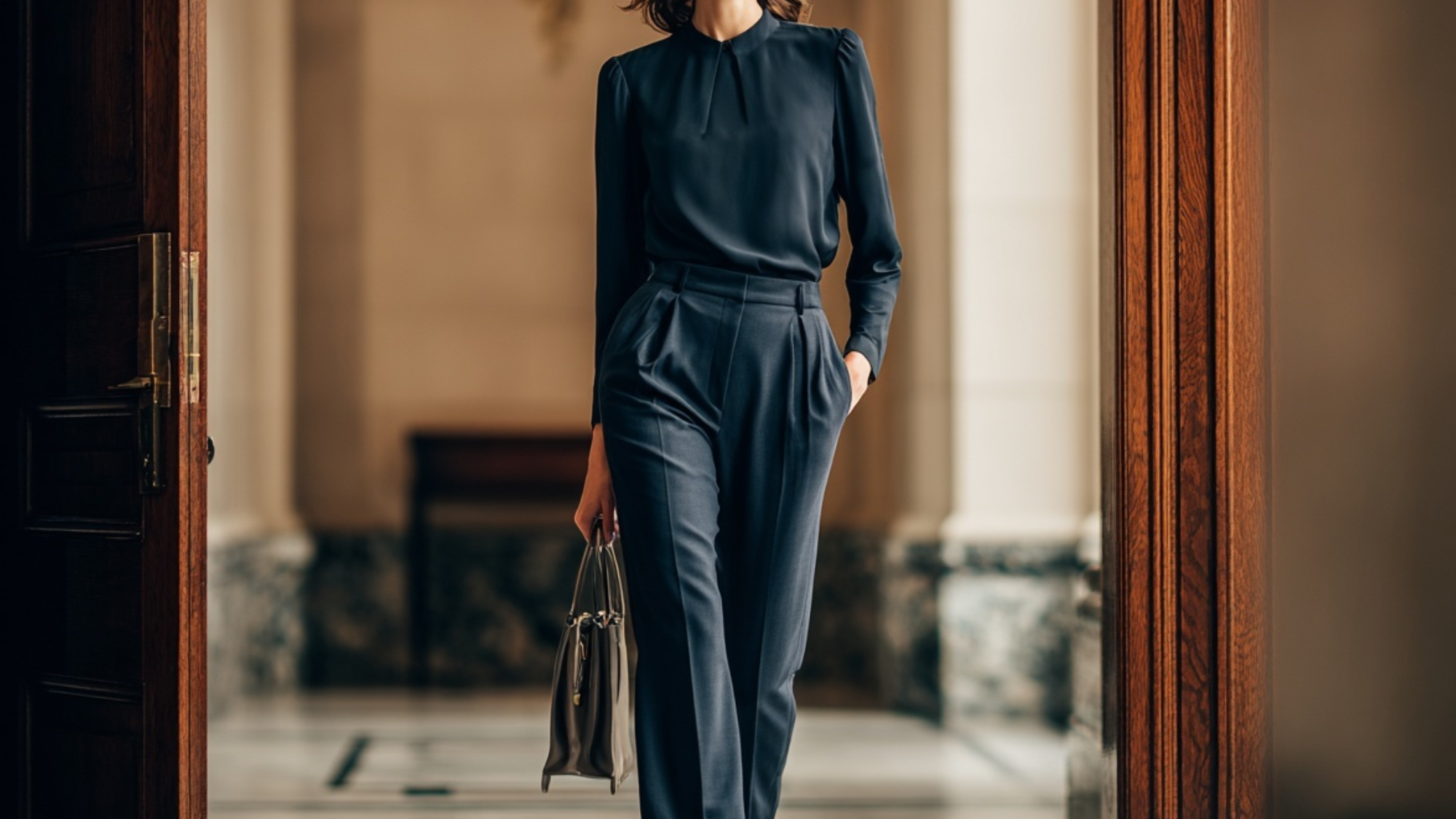
Coordinated separates, such as matching blouses and trousers, allow flexibility. This choice lets women build professional looks without a full suit.
Muted colors and clean lines keep the look conservative. Structured fabrics preserve neatness across long hours in court.
8. A-Line or Midi Dress
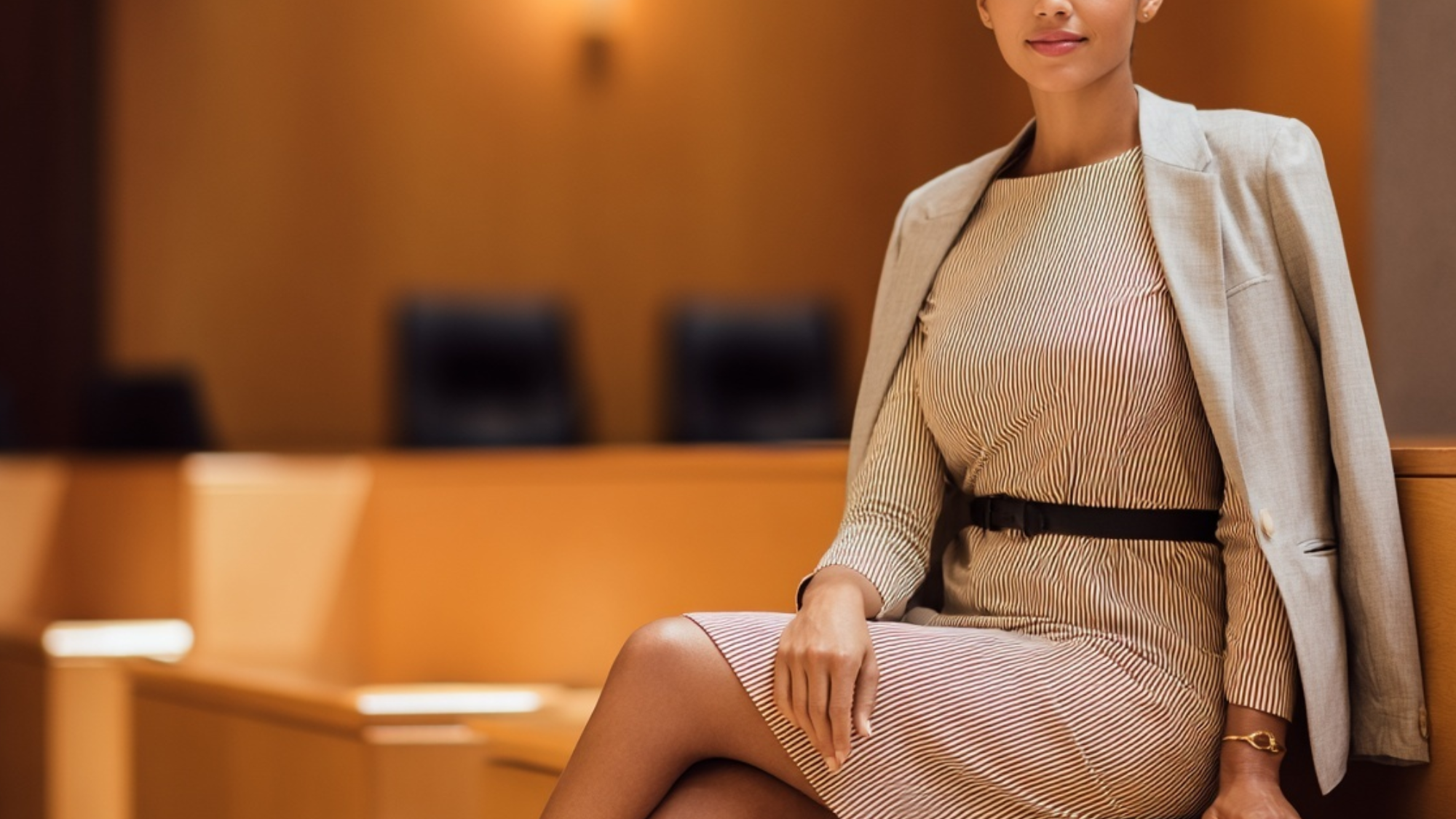
An A-line or midi dress offers comfort with modest coverage. Its balanced shape makes it less restrictive while remaining suitable.
When styled in muted tones, it conveys seriousness. Adding a blazer raises the outfit to meet courtroom standards.
9. Jumpsuit in Structured Fabric
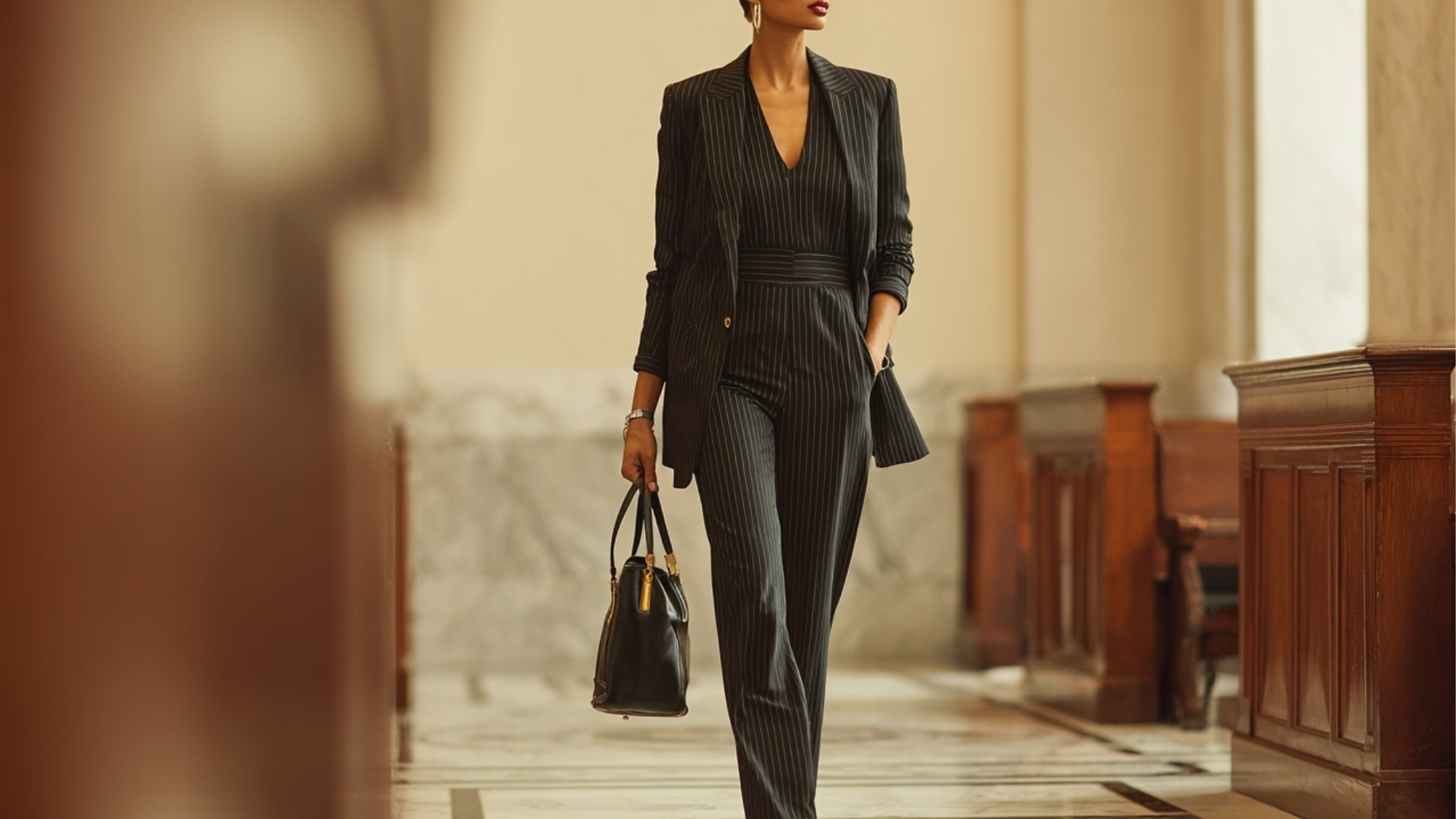
A structured jumpsuit can be a modern alternative if chosen carefully. It must be tailored and conservative to maintain formality.
Pairing it with a blazer boosts credibility and polish. Neutral colors and modest cuts ensure appropriateness.
10. Sweater and Skirt Combination
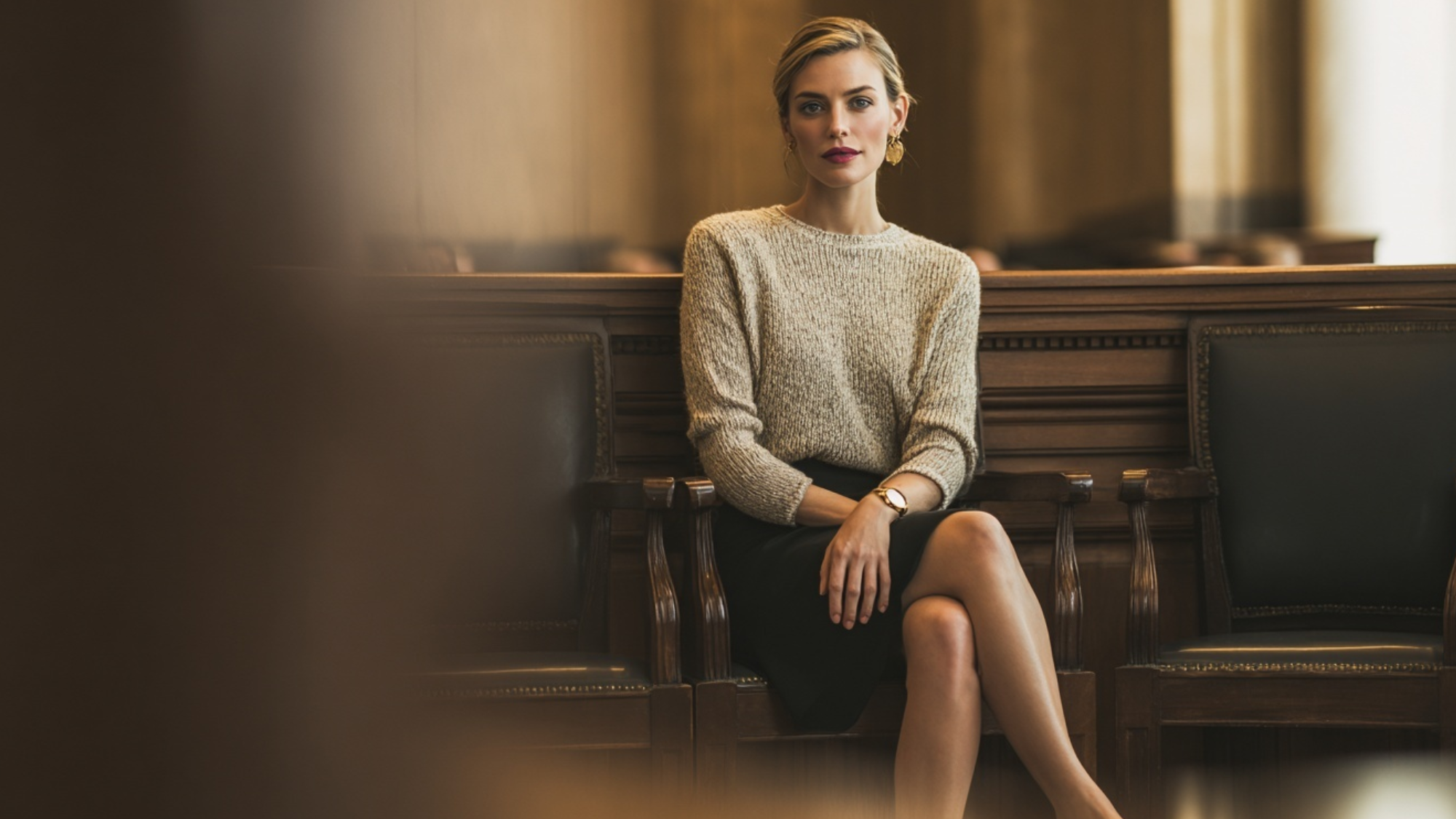
A fine knit sweater paired with a knee-length skirt provides understated professionalism. This pairing balances warmth with a neat appearance.
Solid shades and clean designs prevent the look from becoming casual. Adding hosiery maintains a conservative finish.
11. Blazer with Dress Slacks

A standalone blazer worn with dress slacks delivers authority without a full suit. It offers a less formal but still professional choice.
Neutral colors keep the ensemble sharp and understated. A simple blouse beneath maintains modesty.
12. Tunic with Straight Cut Trousers
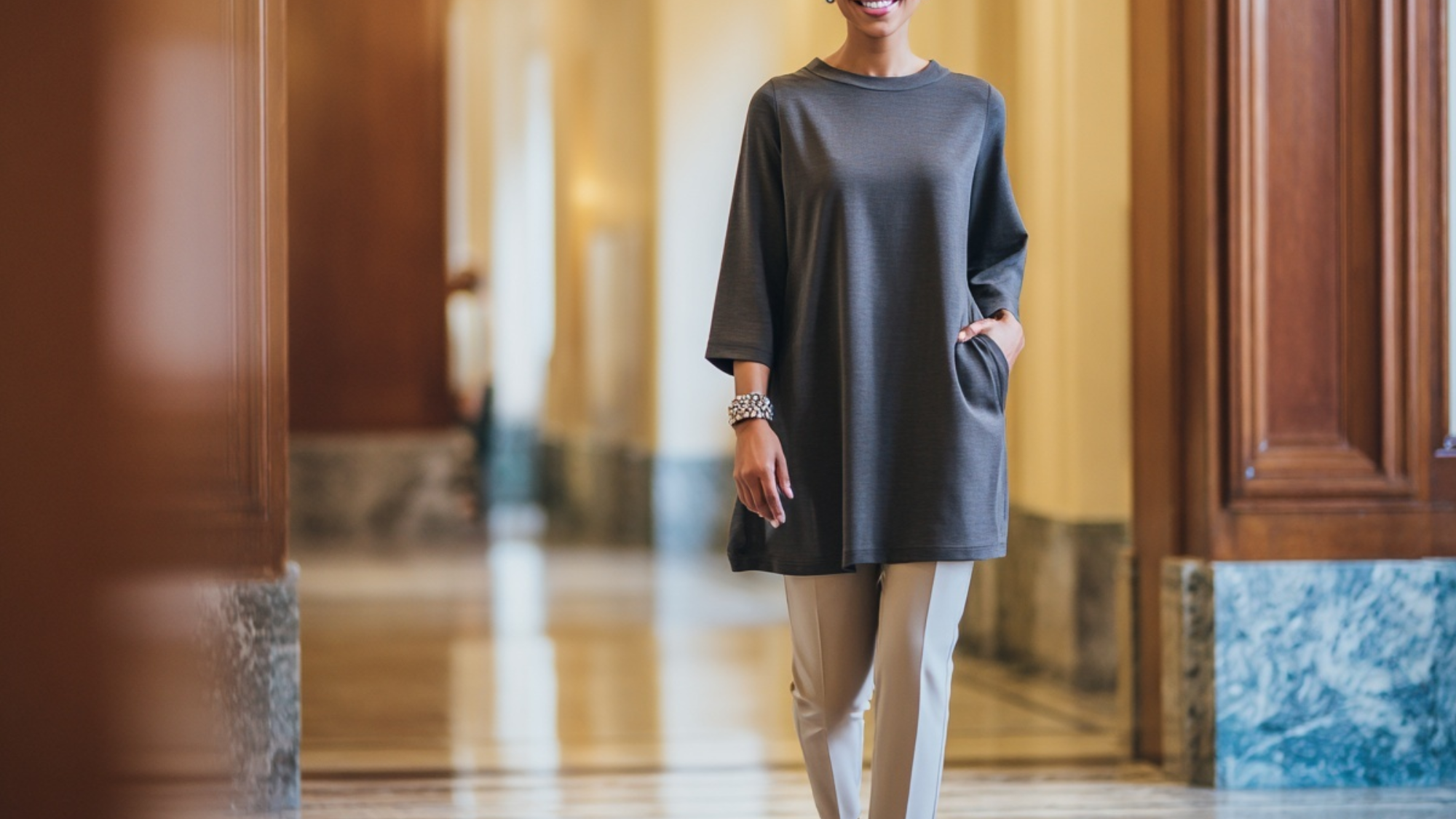
A modest tunic paired with straight-cut trousers offers comfort and coverage. This look can appear refined when tailored correctly.
Solid shades and simple designs prevent distraction. Accessories should be minimal to keep the style conservative.
13. Shift Dress with Structured Layer
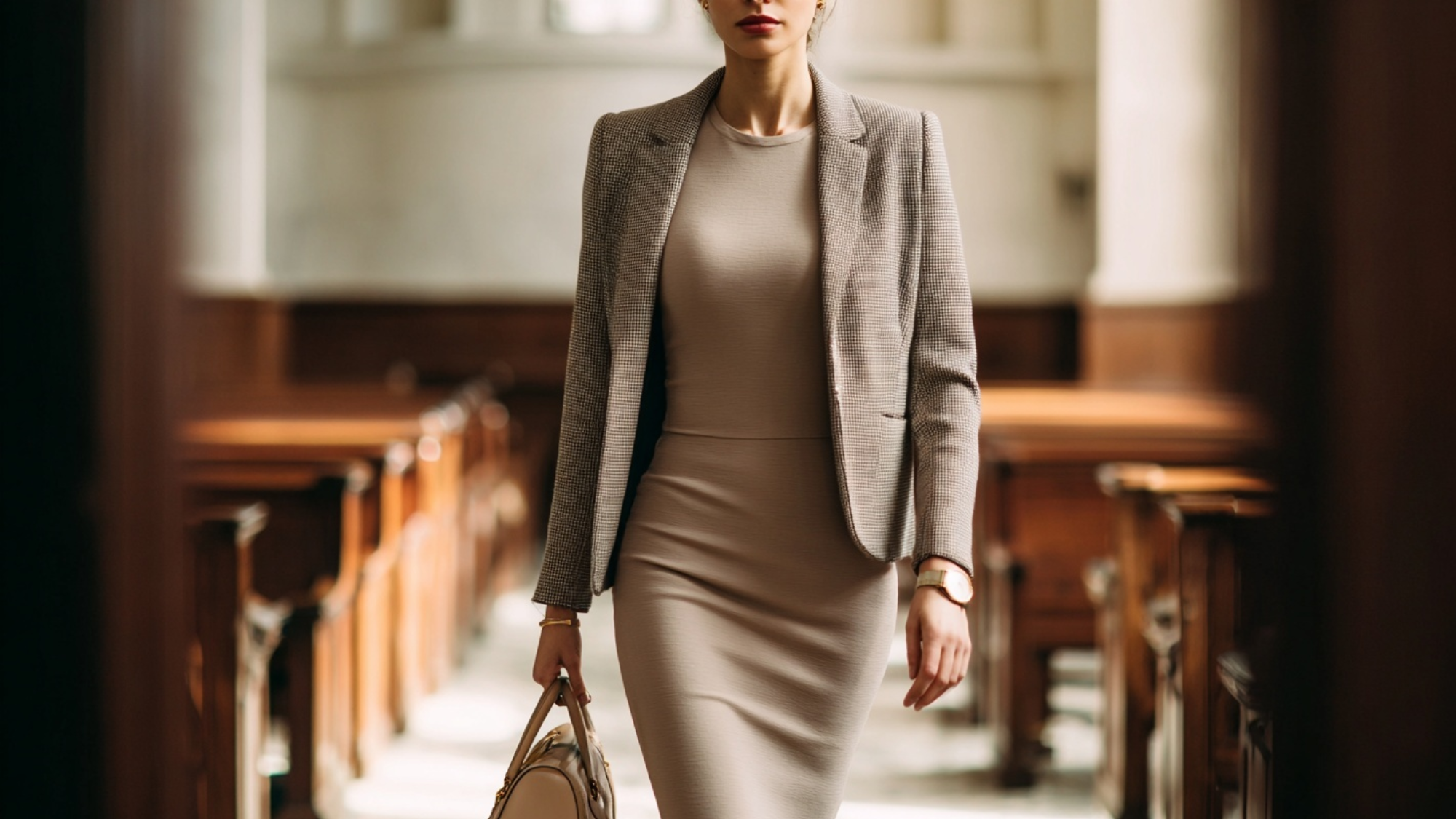
A shift dress in a modest cut can be appropriate when paired with a structured layer such as a blazer or cardigan. This combination balances simplicity with authority.
Neutral tones keep the dress understated and professional. Adding a tailored layer ensures the outfit projects seriousness and respect.
Bags for Women in Court
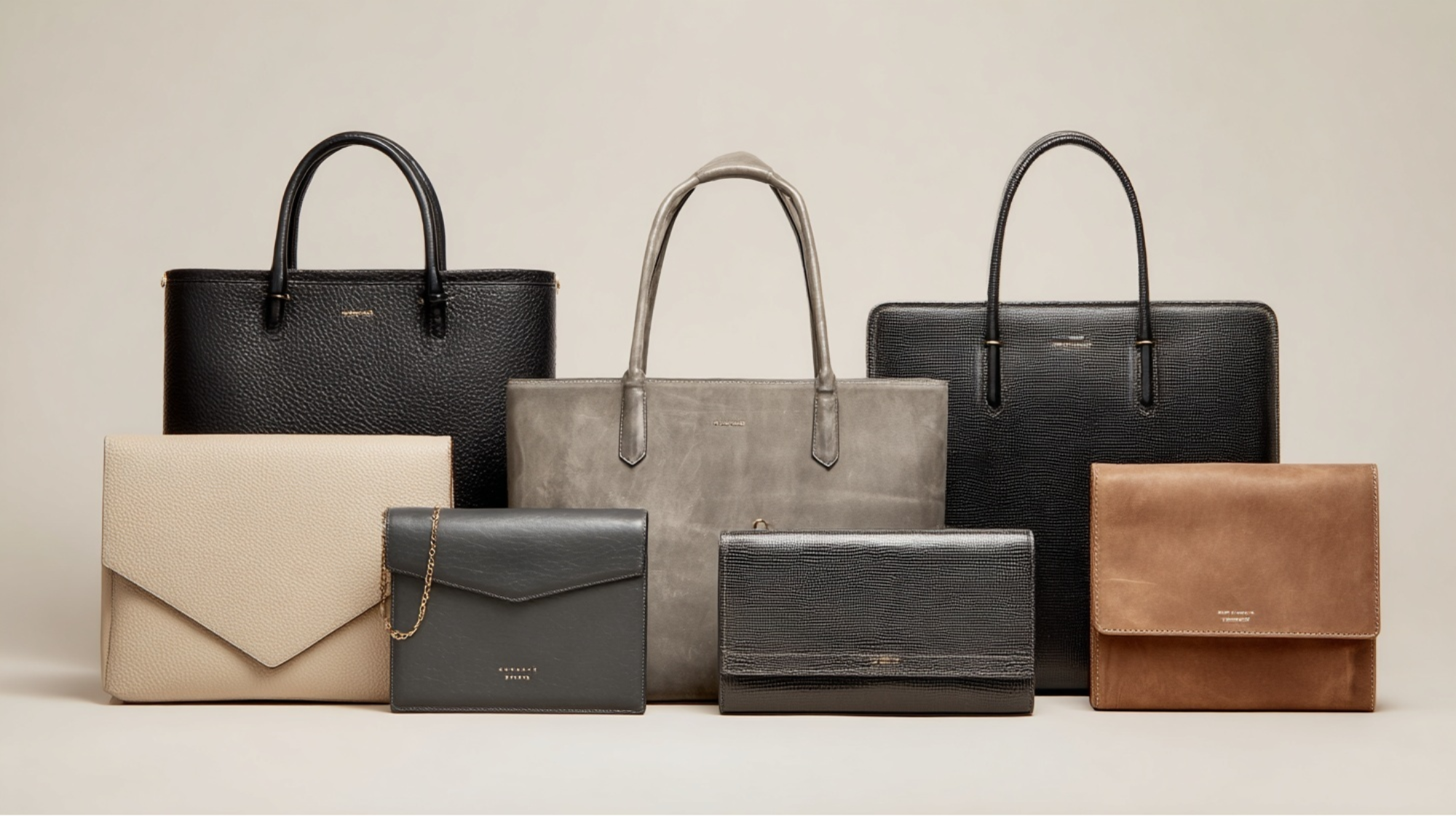
The type of bag carried into court can influence how professional and prepared you appear. Choosing a structured, modest option ensures your look remains polished.
- A structured tote is practical and professional, offering enough space for documents. Neutral colors and clean lines help maintain a conservative impression.
- An envelope bag is sleek and minimal, perfect for carrying only essentials. Its compact design keeps your appearance sharp and formal.
- A leather satchel balances practicality with style and organization. Medium sizes in muted shades work best for courtroom settings.
- A briefcase-style bag projects authority and seriousness. It neatly carries files while reinforcing respect for the process.
- A clutch bag can work if it is structured and simple. It creates a neat impression but should be used only when minimal items are needed.
- A small, structured crossbody bag in a muted color may be acceptable. It allows hands-free comfort while still appearing professional..
Carrying the right bag shows attention to detail and reinforces a professional presence. A simple and conservative choice ensures focus remains on the case.
Footwear for Women in Court
Shoes are one of the most noticeable details in courtroom attire. The right pair combines professionalism, comfort, and subtle elegance, helping you stay confident throughout proceedings.
1. Closed-Toe Pumps
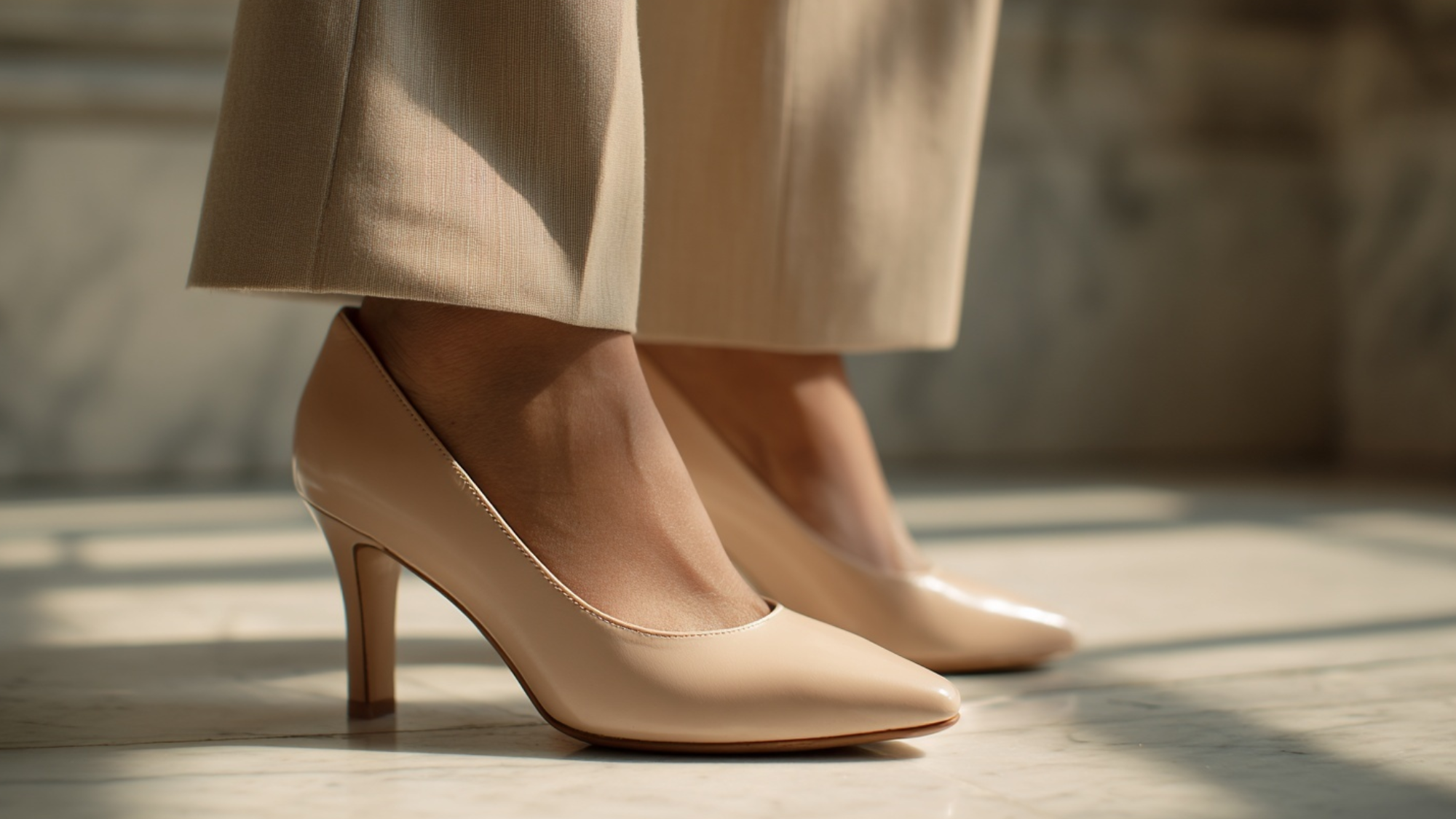
Closed-toe pumps are the gold standard for courtroom footwear. Their simple silhouette projects confidence, professionalism, and composure.
A modest heel between one and two inches ensures balance. Neutral tones keep the look classic and flexible for any outfit.
2. Classic Flats
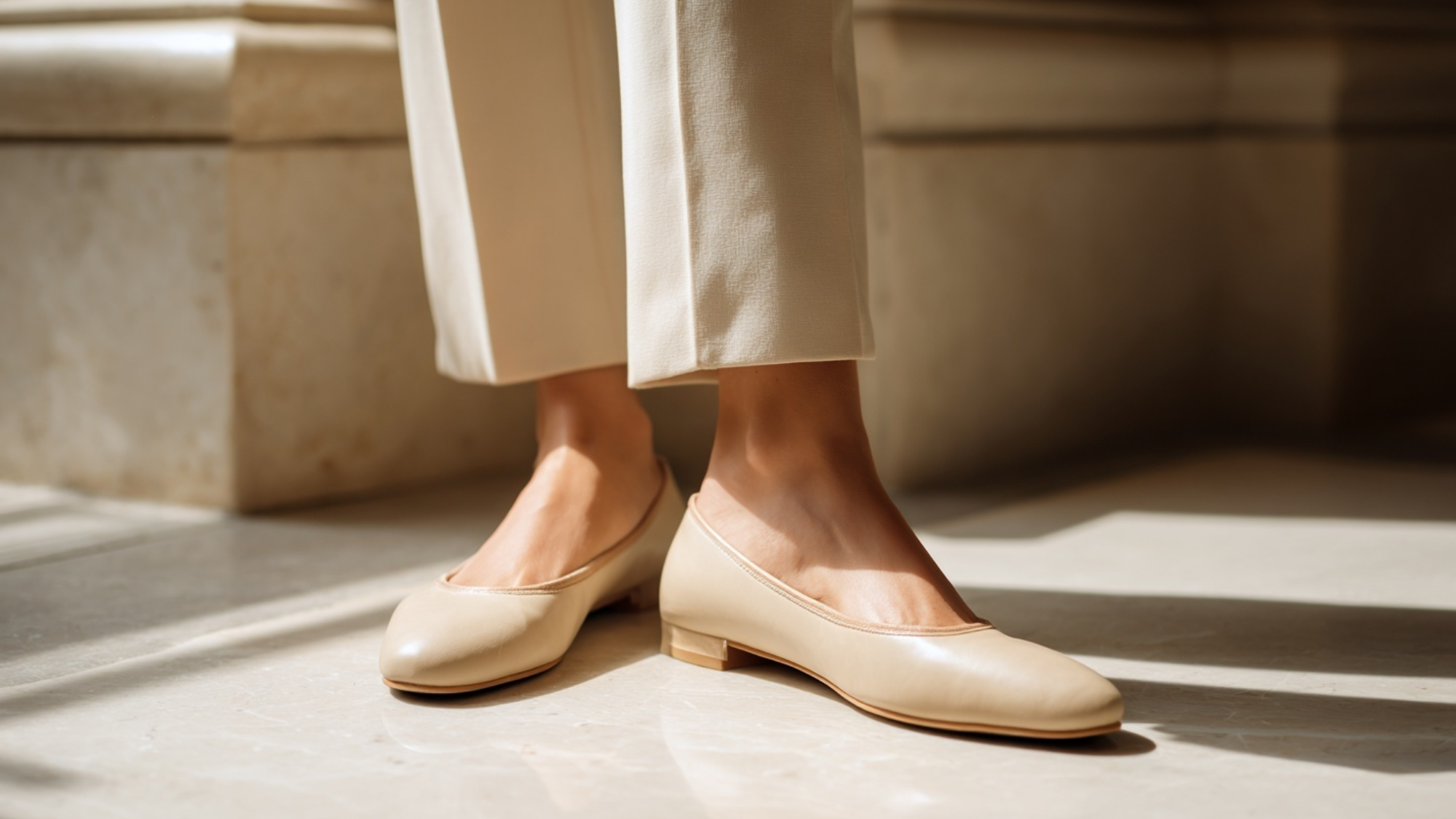
Flats are a practical choice for long hearings where comfort is key. They maintain polish while allowing ease of movement.
Structured styles in muted colors prevent them from appearing casual. Quality materials help keep the look refined.
3. Low Block Heels

Low block heels provide stability with a formal edge. They offer height without compromising comfort or balance.
Dark or muted shades make them suitable for both suits and skirts. Their structured design adds authority to your outfit.
4. Loafers

Loafers deliver a sleek, modern look that is still conservative. They’re ideal for women who prefer not to wear heels. Leather designs in neutral tones work best.
Avoid flashy patterns or metallic finishes to maintain professionalism.
5. Courtroom Appropriate Boots

In colder months, polished ankle or knee-high boots are excellent. They provide warmth while maintaining courtroom decorum.
Plain leather in neutral shades with modest heels is ideal. Slouchy or embellished styles should be avoided.
Colors for Women in Court
The colors chosen for court attire should reflect professionalism, modesty, and respect. Muted shades help create a composed appearance that allows attention to remain on your presence.
| Color Choice | Details |
|---|---|
| Neutral Tones | Navy, charcoal, black, and beige are classic options that signal seriousness and authority. |
| Muted Jewel Shades | Burgundy, deep green, and sapphire add subtle variety without overpowering the formality of the setting. |
| Soft Pastels | Shades like blush, cream, or pale blue can create a calm and refined impression when kept understated. |
Selecting colors that are subdued and professional strengthens credibility and ensures focus remains on the case.
Accessories for Women in Court
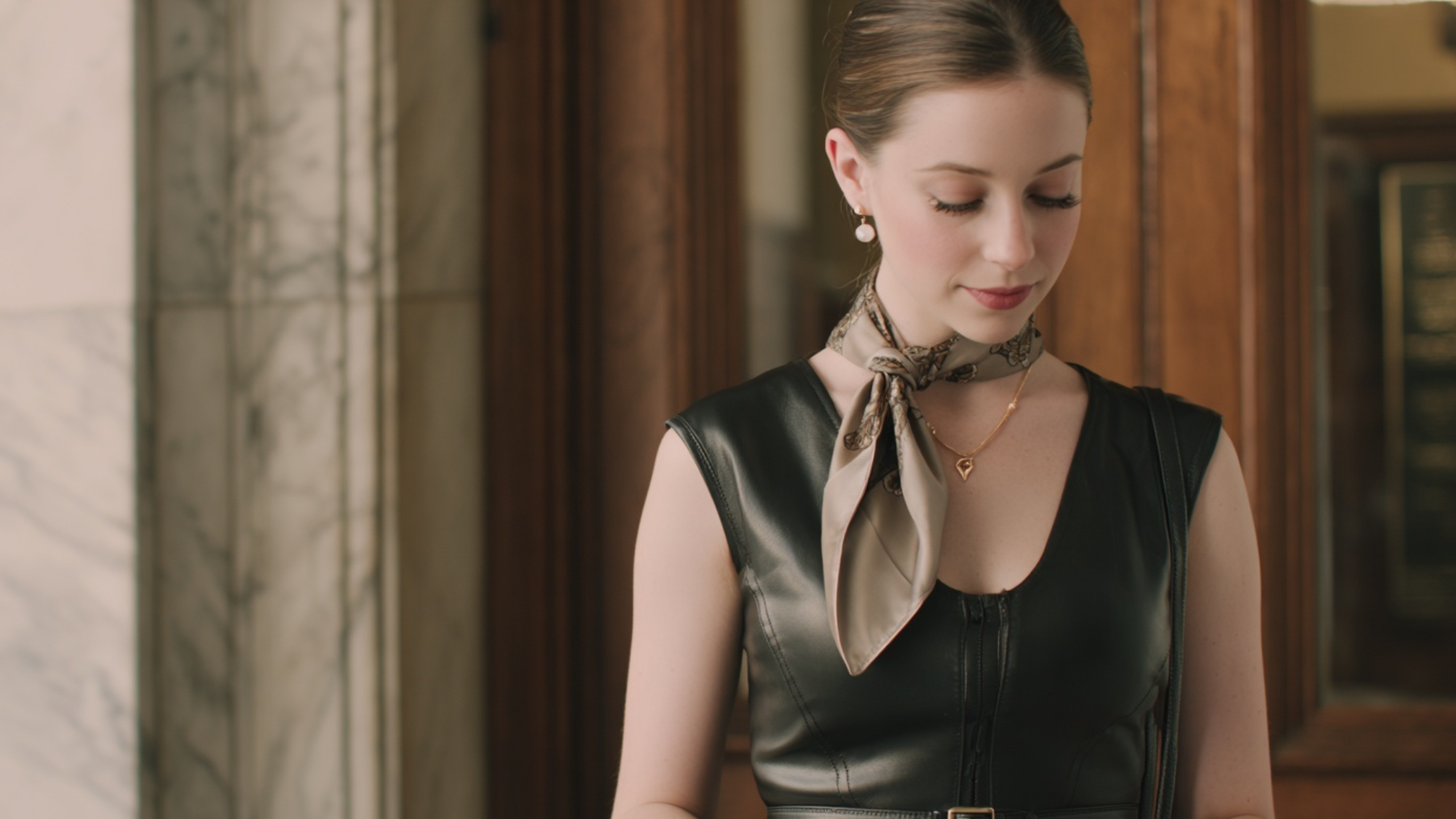
Accessories in a courtroom setting should always be understated and chosen with care, as they play a subtle yet important role in overall appearance.
Jewelry is best kept minimal, with small stud earrings, a simple bracelet, or a delicate necklace that adds refinement without drawing attention.
Loud or oversized pieces risk distraction and may weaken the professional impression you want to create. A slim belt or modest scarf can be used to complete an outfit, provided they remain subtle and complement conservative attire.
Hosiery is often recommended with skirts or dresses, adding polish and modesty. Every accessory should support, never overshadow, your presence.
What Not to Wear (Avoid These Mistakes)
The wrong clothing choice can distract from your credibility and may be considered disrespectful in court. The table below highlights items to avoid.
| CATEGORY | EXAMPLES | WHY TO AVOID |
|---|---|---|
| Casual or Revealing Clothing | Jeans, leggings, shorts, tank tops, crop tops, sheer fabrics | Appears informal and immodest, undermining courtroom seriousness. |
| Loud or Flashy Styles | Neon colors, bold prints, large logos | Draws attention away from your case and appears unprofessional. |
| Headwear & Sunglasses | Hats, sunglasses (unless religious or medical) | Often prohibited and signals disregard for court rules. |
| Overpowering Details | Heavy fragrance, noisy jewelry, wrinkled hems | Distracts others and creates an impression of carelessness. |
| Overly Formal Attire | Cocktail dresses, sequins, evening gowns | Too flashy and suggests a lack of respect for decorum. |
Conservative, neutral, and modest clothing maintains focus on your case and shows respect for the judicial process.
Role-Based & Court Type Nuances
Different roles and court types come with slightly different expectations. Understanding these nuances ensures clothing choices align with the seriousness of each setting.
1. For Parties, Defendants, or Litigants
Those directly involved in a case should lean toward formal, conservative attire. Neutral suits, dresses, or separates create a composed and respectful appearance.
Avoid clothing that feels like a fashion statement or makes you stand out unnecessarily. Layers are helpful for shifting courtroom temperatures while keeping the professional look.
2. For Witnesses
Witnesses should dress with dignity while keeping comfort in mind. A polished yet modest outfit helps create a credible impression without appearing rehearsed.
Avoid bold colors, patterns, or styles that draw attention. The goal is to remain respectful while allowing testimony to stay the focus.
3. For Jurors or Observers
Jurors may be permitted to dress in business casual, though business formal is the safer choice. Neat trousers, blouses, or modest dresses work well.
Comfortable closed-toe shoes are important since jurors often walk or stand for long periods. A professional but practical balance is best.
4. By Court Type
Family court values stability and seriousness, so modest outfits in soft tones work best. Avoid stark black as it may feel severe in this setting.
Criminal court requires a more formal and serious tone, making dark suits and structured clothing the standard. For traffic or small claims hearings, business casual may suffice, but leaning formal shows extra respect.
Grooming, Hair, Makeup & Personal Presentation
Small details in grooming and personal presentation can influence how credibility and respect are perceived in court. Keeping things simple and professional ensures focus remains on your words.
- Hair should be neat, styled away from the face, or pulled back to present a composed and professional appearance.
- Makeup is best kept natural and minimal, avoiding shimmer, glitter, or dramatic looks that could be distracting.
- Nails should be clean and polished in neutral or soft shades, as bold colors may appear unprofessional.
- Tattoos and piercings should be covered or reduced when possible to maintain a conservative impression.
- Fragrance should be none or very light, since strong scents can overwhelm in a courtroom environment.
- Posture and demeanor should remain calm and confident, with accessories kept quiet to avoid unnecessary distractions.
Attention to grooming and personal presentation shows respect for the setting and ensures your appearance supports, rather than detracts from, your credibility.
Seasonal, Comfort & Practical Tips
Courtrooms are often colder than expected, so bringing a blazer or cardigan helps maintain both comfort and professionalism.
Choosing wrinkle-resistant fabrics such as wool blends or polyester ensures a neat appearance, while tools like travel steamers or garment bags keep clothing fresh during commutes.
Shoes should always be comfortable, with inserts or cushioned insoles to reduce fatigue, and carrying backup flats is a practical way to handle long days.
Dressing in layers, such as wearing a camisole under a blouse, allows easy adjustment to fluctuating temperatures.
Preparing for long waits and security checks with simple, practical clothing choices keeps you composed and focused throughout the entire process.
Conclusion
In court, your words may carry the argument, but your clothing sets the stage. Every choice you make, from suit to shoes to accessories, sends a signal about how seriously you take the process.
Conservative and polished clothing shows respect for the environment, helps you feel composed, and ensures the judge and jury focus on your presence rather than your outfit.
Always review your court’s dress code, prepare your attire in advance, and walk in knowing you look as credible as you sound.
In the end, the right appearance is more than style; it’s strategy. Let your clothing work silently in your favor. When you look prepared, you step into court with confidence already on your side.

